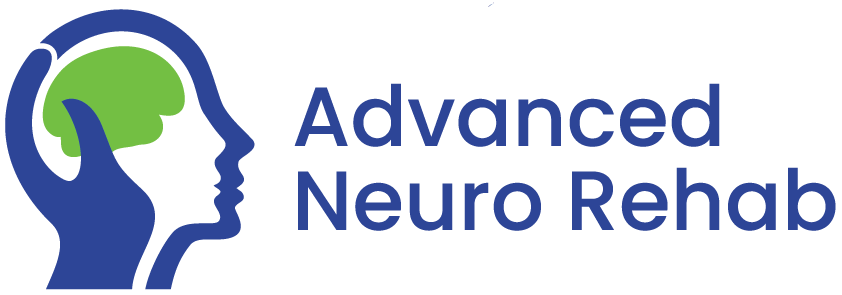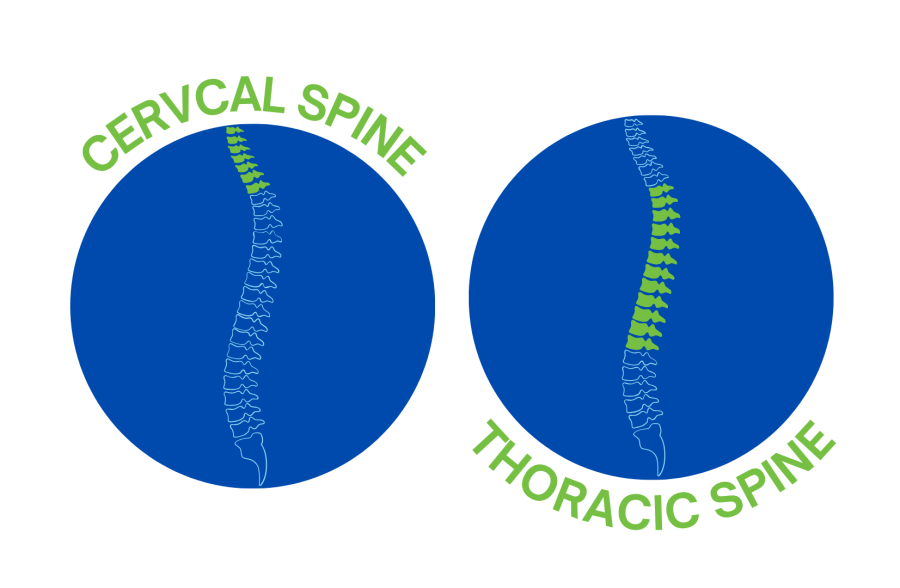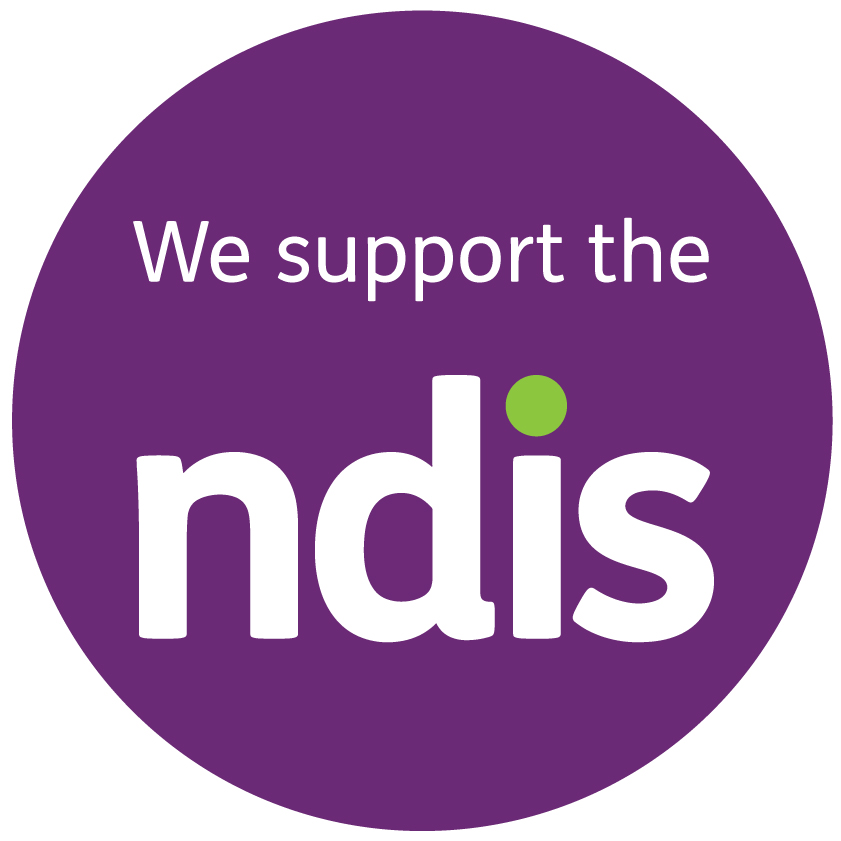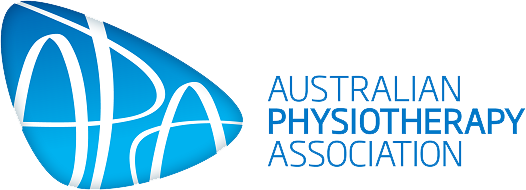Weekly Staff Professional Development Topic
Ever felt tightness in your neck, stiffness in your upper back, or noticed that taking a deep breath feels restricted? These sensations can often be traced back to how your spine and ribs are moving — or not moving — together. In a recent weekly Staff Professional Development Session, Liz, Eileen, and Jebin shared some powerful insights into how our bodies move from a course they recently attended.
Neck –
The neck (cervical spine) is made to move in many different directions, however, if there is stiffness or restriction in any of the joints it can cause pain or limit your range of motion. Gentle hands-on techniques can help release these restrictions and restore smooth movement.
Upper Back and Ribs –
The upper back (thoracic spine) and ribs are tightly connected and once again are made to move in many different directions as well as assist with breathing. Any restrictions to stiffness within your ribs or your thoracic spine (upper back) can limit your ability to twist or bend comfortably and might even make it harder to take a full breath.
Through our professional development session, we discussed ways in which we can assess various movements through the thoracic and ribs as well as looked at the interpretation of this to form appropriate treatment. Aim of treatment is to help reduce pain and stiffness to allow for greater movement and comfort.
Breathing as a Treatment Tool –
One of the important things shared in the session was how effective breathing can be as part of treatment. When your ribs are restricted, simply combining breathing with certain positions or movements can help your ribs and spine work together in a more efficient and optimal way, allowing for more mobility and comfort.
The Big Picture –
Neck and upper back issues aren’t always caused by injury, and are more often they result from everyday tension, poor posture, or simply not moving enough. In saying that, neck and upper back issues do commonly occur following injuries such as whiplash, concussion, or vestibular issues, especially if we avoid moving the neck due to dizziness or discomfort. In other neurological conditions, such as Parkinson’s Disease, rigidity can further limit spinal mobility. When the neck, upper back, or ribs become restricted, it can lead to discomfort, headaches, increased dizziness, and difficulty with everyday functional movements.
Amongst our Physiotherapists, we are constantly refining our hands-on skills and clinical knowledge to help our clients move more freely, minimise pain, and restore comfort.







